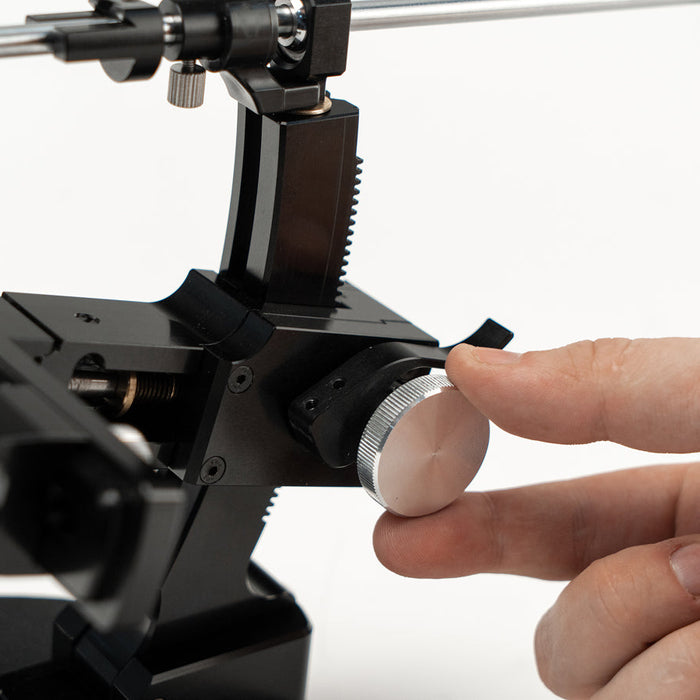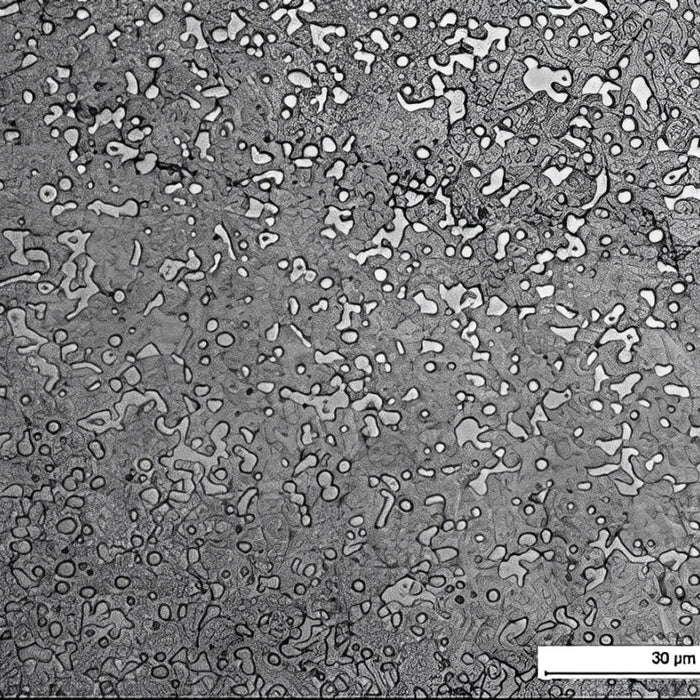Brief History
The machete as a tool, according to various sources, has been known from historical records approximately since the mid-16th century. According to some data, the machete possibly existed as early as the 13th century and is somewhat related to the falchion sword.
Today, the machete as a tool is widespread practically worldwide and is primarily used in agriculture and logging for manual labor. Essentially, all existing types of machetes can be used in every conceivable way.
Since it is a rather versatile object, it is accordingly made of steel that is fairly easy to sharpen.
Machete Anatomy
Blade Shape
The shape of the blade is perhaps one of the most distinctive features of this tool. A special feature of most machete blade designs is that, starting from the heel, the blade expands and reaches its maximum width at the belly. The belly at the blade's tip may take a drop-point shape or, with a straight spine, may have significant rounding, effectively lacking a defined point.
Historically, it has been repeatedly proven that a straight blade is quite effective for chopping blows. Even more effective is a blade that curves downward, as seen in kukri knives. The forms and construction of kukri knives have also influenced certain commercially available models to a certain extent.
Tip Shape
Due to the increased width of the blade, there aren't actually many options for creating an effective tip. The practically applied shape has demonstrated its practicality and is widely used.
Blade Length
The blades of the most common machetes measure approximately 30-40 centimeters, although longer versions from 50 to 70 centimeters also exist.
Blade Spine
Depending on their purpose and design solutions, machetes of considerable length sometimes have thinner blades. In other words, as the length increases, manufacturers try to adhere to the overall practicality of the tool, ensuring it isn't overly heavy but remains effective and durable enough.
Shorter machete models might have a thicker spine.
Weight
The average weight of these tools can vary between 400-500 grams, occasionally exceeding 600 grams. These average figures represent an effective working weight. Anything significantly heavier would become cumbersome and impractical for frequent use.
Steel, Design and Purpose
Steel, construction, and purpose. A well-constructed machete typically features a full-tang handle with scales. The entire point of the blade is to work as effectively as possible for chopping, therefore featuring a pronounced weight shift towards the tip.
Machete Sharpening
What Sharpening Stone To Use
By design, a machete is not intended for delicate or precision tasks, thus requiring no special abrasive selection for sharpening. The blade will perform excellently after honing and sharpening using coarse to medium abrasives.
Field Sharpening
Given that machetes are used in gardens, fields, and forests, manual sharpening in the field is one of the most common ways of honing and sharpening. A double-sided or combined pocket abrasive can always be carried along. Some machetes function quite well with a convex bevel. Additionally, due to manual honing, this bevel can form naturally. This hardly impacts the tool's chopping effectiveness.
Benchstone
If you are not in the field and can use a full-size abrasive, sharpening the long straight part of the blade, even manually, will be far more precise than doing it while holding it unsupported or literally on your knee.
In this case, it is advisable to have a long sharpening stone, ideally combined with coarse or medium grit on one side and fine grit on the other. Such abrasive stones are commonly found in regular hardware stores and are well-suited for this task.
Using a Sharpening System
If your tool is expensive and you want to sharpen it as accurately as possible, it is worth using sharpeners equipped with a long guide rod and abrasive holder, which allow you to clamp such a large blade in the arm or a special platform for sharpening.
The blade itself will be a decisive factor for any sharpening device, as not every device can handle such a task.
Additionally, due to the varying width of the blade in different areas, achieving an even bevel width can be challenging. Differences may occur around the belly and the heel of the blade.
To avoid this issue, it is recommended to use the marker method and first check how material removal occurs at all points. Sometimes, shifting not only along the sharpening frame but also positioning the blade slightly at an angle can help, and rechecking is advisable. In each case, the positioning of the blade is determined by trial and error.
However, once you have found this positioning, next time it will be significantly easier to replicate the sharpening angle or adjust it as needed. With the correct positioning, even after re-sharpening at a different angle, the bevel width will remain consistent along its entire length.
Besides using sharpening devices, an inexpensive and sufficiently long machete can be quickly sharpened using a bench grinder or a belt sander with an endless abrasive belt. This is probably the fastest and most effective way of sharpening. Sometimes craftsmen simply fix a handheld belt sander onto a workbench, solving the problem this way. This method works quite well, as extremely high precision is often unnecessary.
Conclusions
The best way to sharpen your machete is essentially defined by simplicity and comparative affordability. In other words, avoid overly complicating the issue and use whatever is at hand, this, in essence, will be the best sharpening way, as the tool itself is unpretentious.
However if you need a precise angle along the entire edge and need to increase sharpness retention of your machete, it is best to use a sharpening system. TSPROF K03 allows you to sharpen any blade that is 60-450 mm long and up to 7 mm thick, which makes it perfectly suitable for sharpening bulky machete blades.









